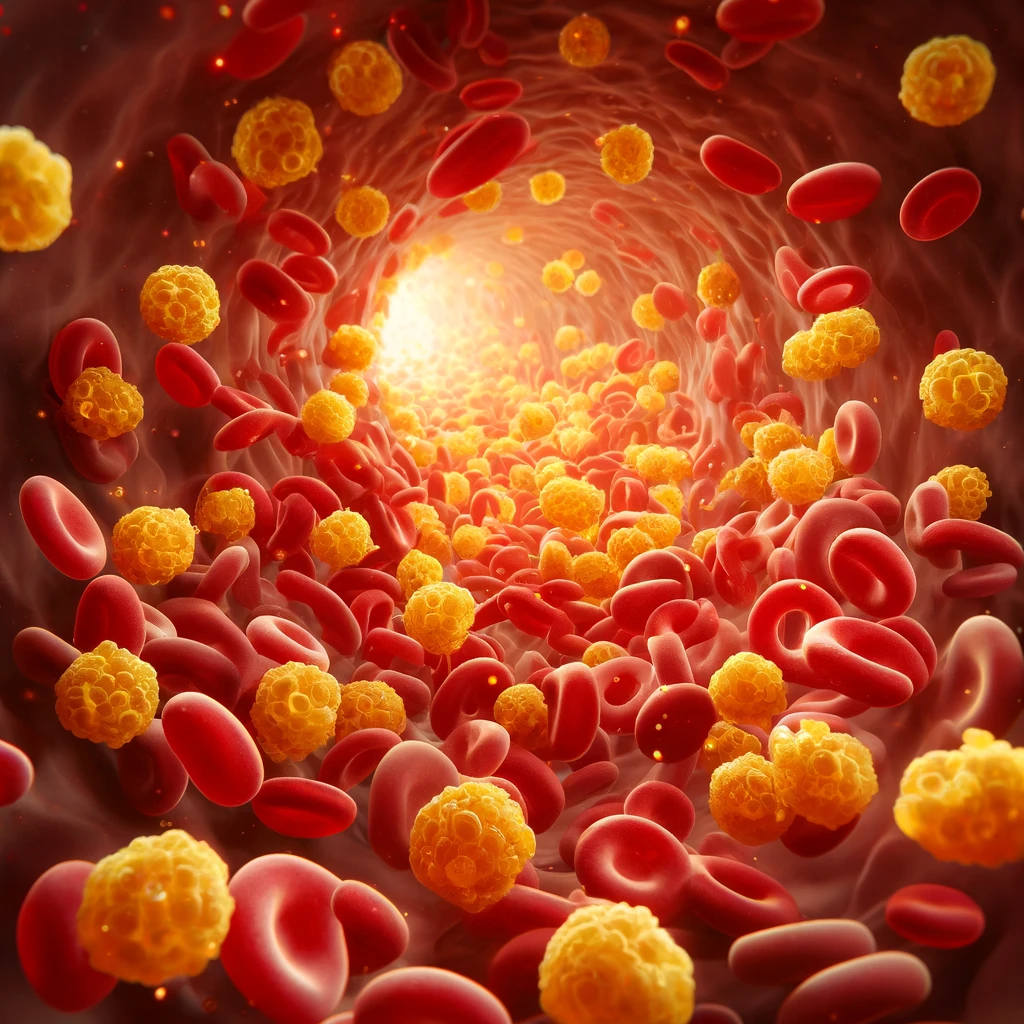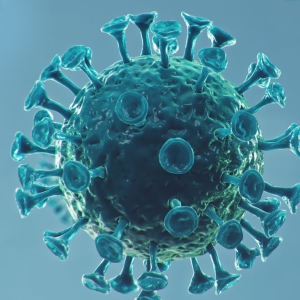Description
Support our research into new Hypertriglyceridemia treatments by getting involved in our study. Your contribution can lead to better management of triglyceride levels.
Criteria & Qualifications:
• Diagnosed with severe Hypertriglyceridemia (SHTG) with high triglyceride levels confirmed by medical records.
• Must be 18 or older with the ability to consent.
• Currently taking medications to lower triglycerides.
Compensation:
Contact us for more information





